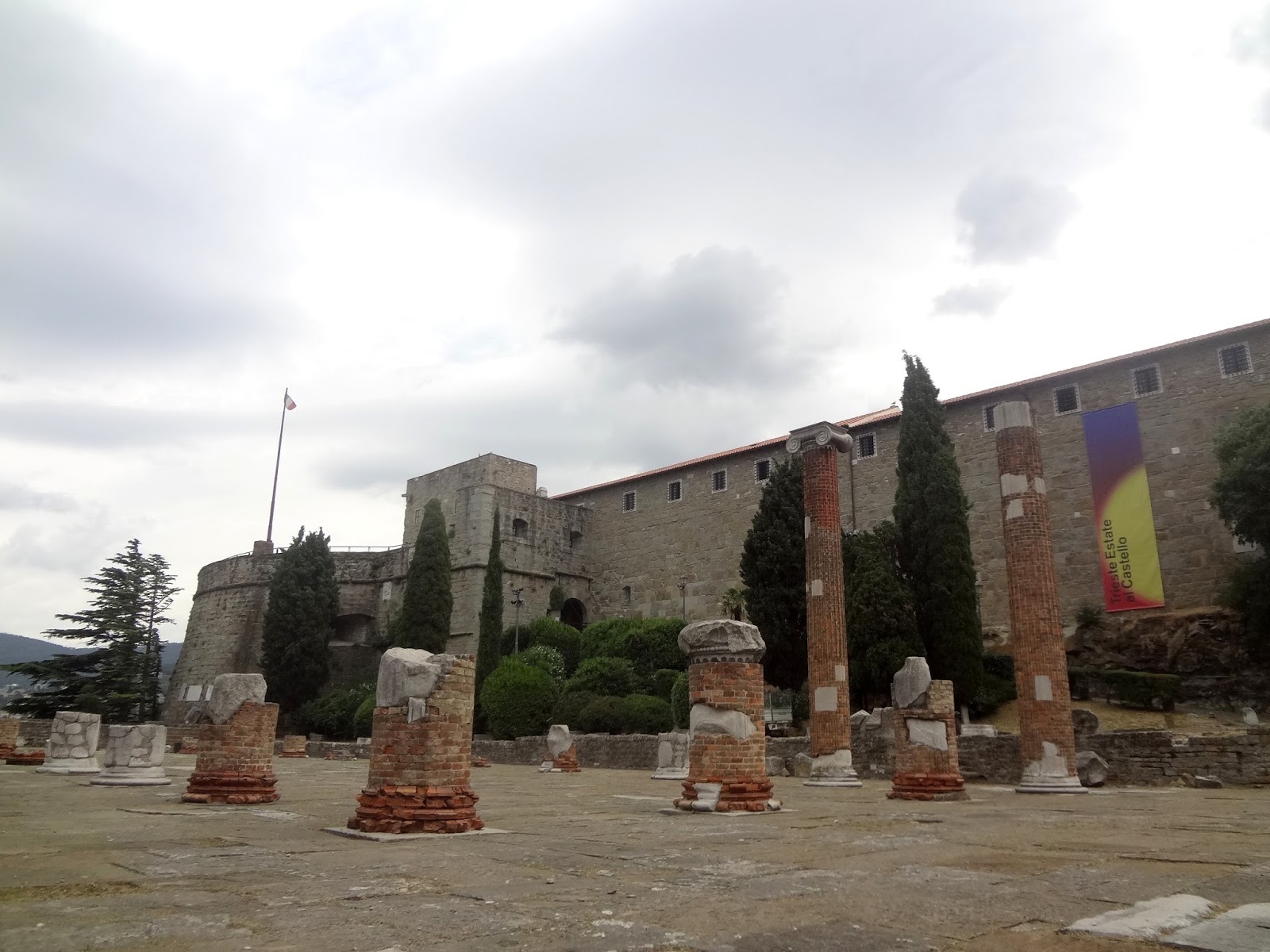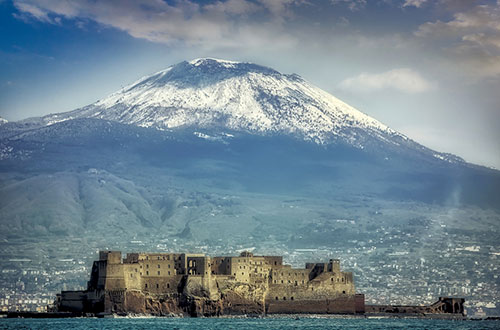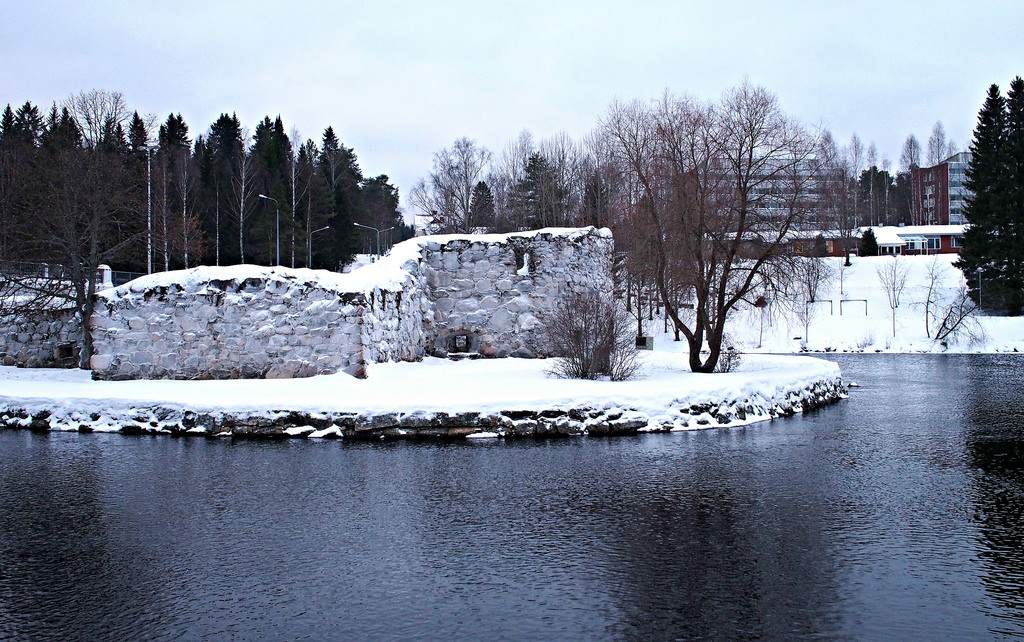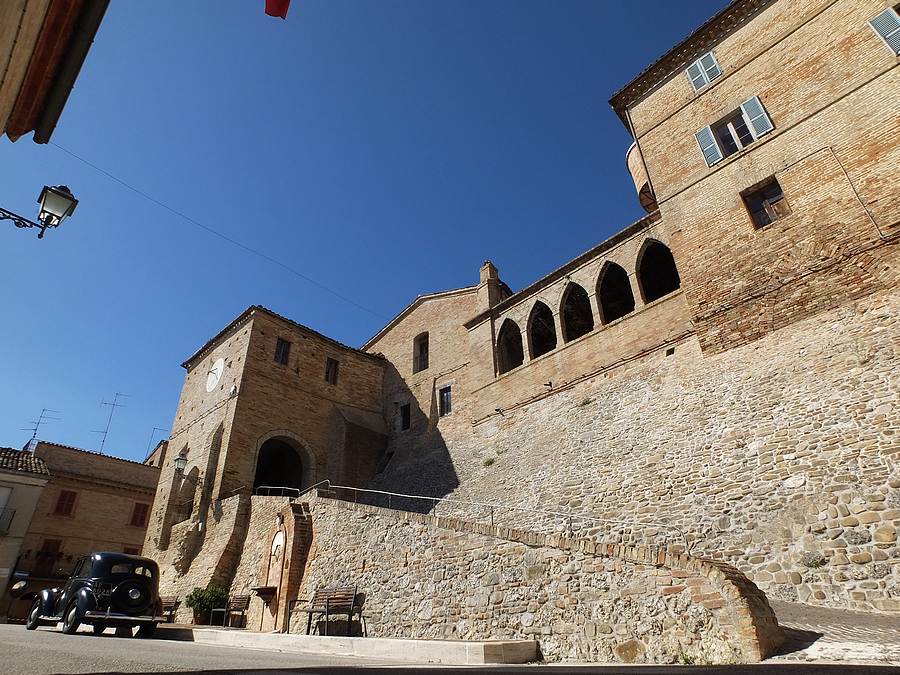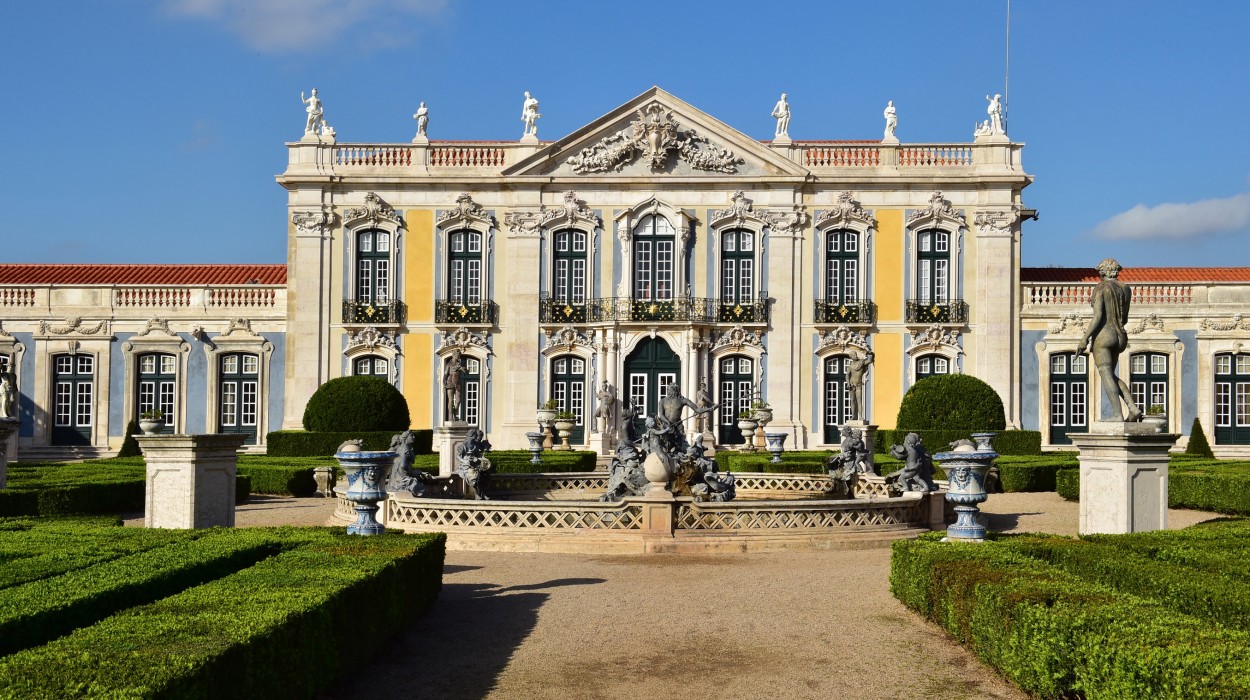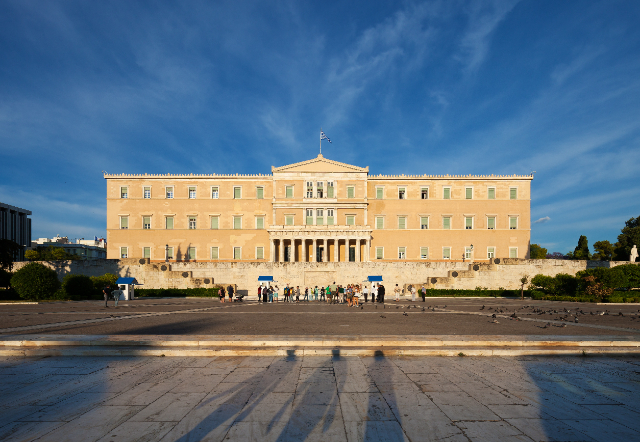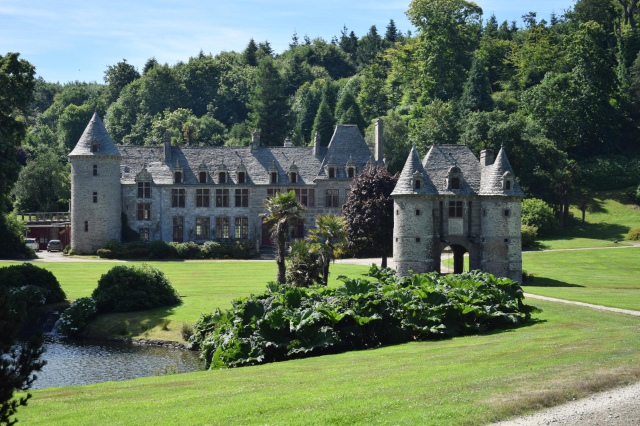Since prehistoric times, the hill of San Giusto housed a castelliere (fortified borough) which, in Roman times, became the site of an important urban centre. The fortress, built in the Middle Ages by the Venetians, was demolished in the fourteenth century at the behest of the Patriarch of Aquileia and, only in 1470, was rebuilt by Frederick II of Habsburg; the square tower and the two-storey building, now housing the Civic Museum of the Castle, belong to this period.
Under the rule of the Venetian Republic, which in the early 16th century had re-established its dominion over Trieste, the castle’s defences were strengthened and, with the return of Austrian rule, work continued until the construction, in 1630, of the large bastions and connecting walls.
The fortified complex is accessed by a ramp ending with a wooden drawbridge, thrown over a moat of limited width; after crossing the cross-vaulted atrium, you reach Piazzale delle Milizie, where stairs and open walkways lead to the bastions.
Since 1930 the castle has been owned by the Municipality, which has equipped it for tourism and uses it for cultural events, shows and temporary exhibitions.
Since 2001, the Lalio bastion of the Castle of San Giusto has been home to the new Lapidario Tergestino, where all the Roman stone artefacts previously displayed in the garden of the Orto Lapidario are preserved and protected from the weather.
